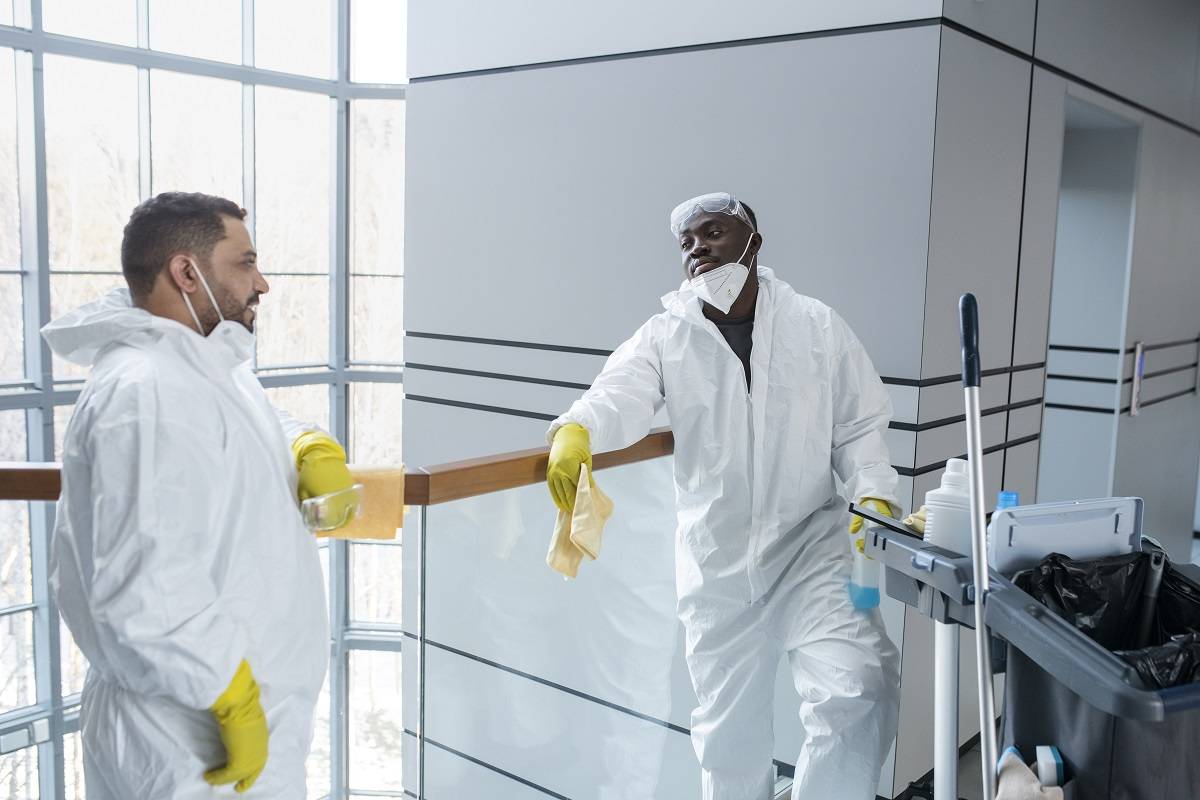1. Qualifications for personnel entering the cleanroom
- a. Personnel who have passed the training and have been reviewed by the supervisor can enter the cleanroom.
- b. Personnel entering the cleanroom must comply with the safety regulations of the cleanroom
- c. Employees, external guests and contractors who have not yet been recognized and need to enter the cleanroom should first apply for approval.

Figure 1: Qualifications of personnel entering the clean room
2. Precautions before entering the cleanroom
- a. Anyone who enters the cleanroom must change into clean clothes according to regulations
- b. Personal belongings and tools not used in the cleanroom shall not be brought in without permission

Figure 2: Cleanroom garment requirements
3. Procedures for entering the dust-free workshop
- a. Take off outer shoes before stepping on the floor at the entrance
- b. Change into dust-free clothes and enter the air shower room

Figure 3: Wearing clean clothes before entering
4. Precautions for taking off cleanroom clothing
a. If wearing gloves, take them off and wash hands before removing other clothing
b. Procedure for taking off cleanroom clothing:
- Hood
- Clothes
- Shoes
5. Precautions for the cleanroom

Figure 4: Cleanroom dust pollution prevention
6. Abnormal situation handling
a. In the event of abnormal conditions, contact the person in charge before handling
7. Waste disposal

Figure 5: Cleanroom waste disposal procedures
10. Safety rules for dust-free workshops
- a. Understand potential dangers and safety measures at eACH workstation
- b. Utilize protective equipment like glasses and gloves
 +86 18186671616
+86 18186671616 Jason@cleanroomequips.com
Jason@cleanroomequips.com
 MENU
MENU



